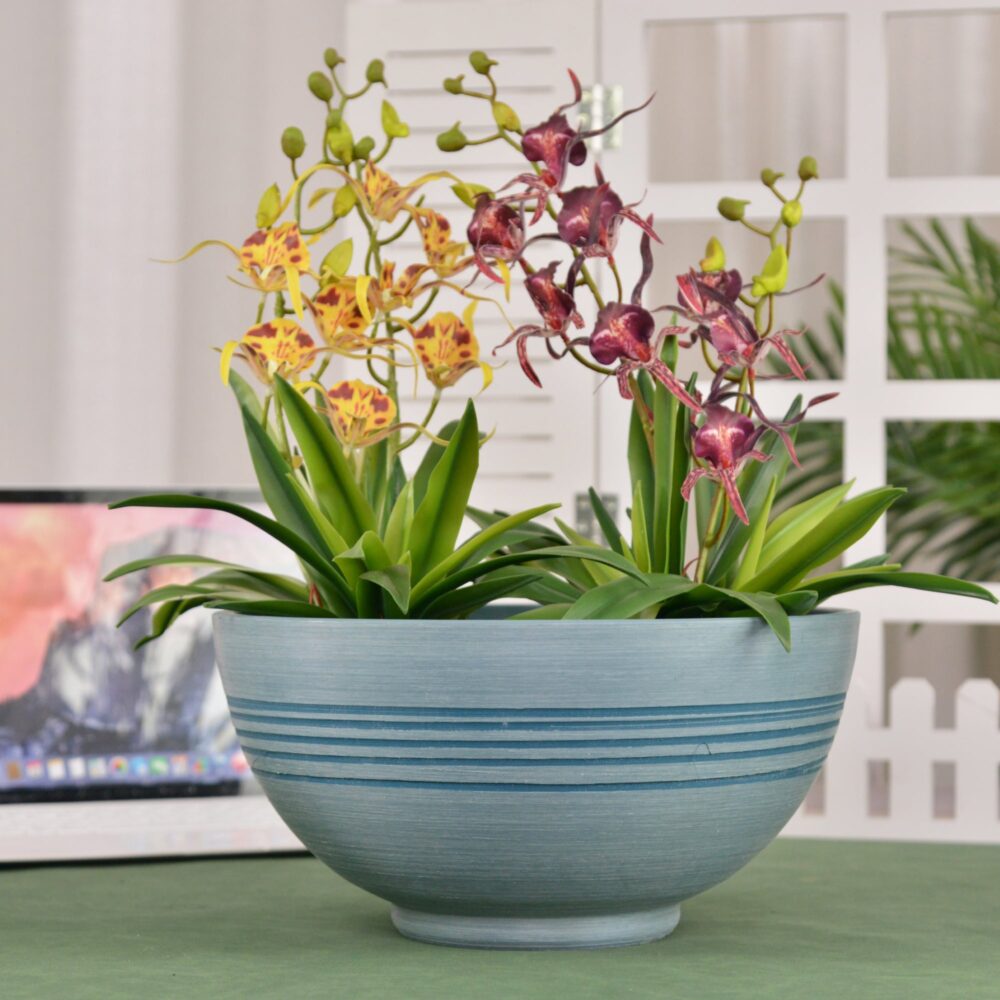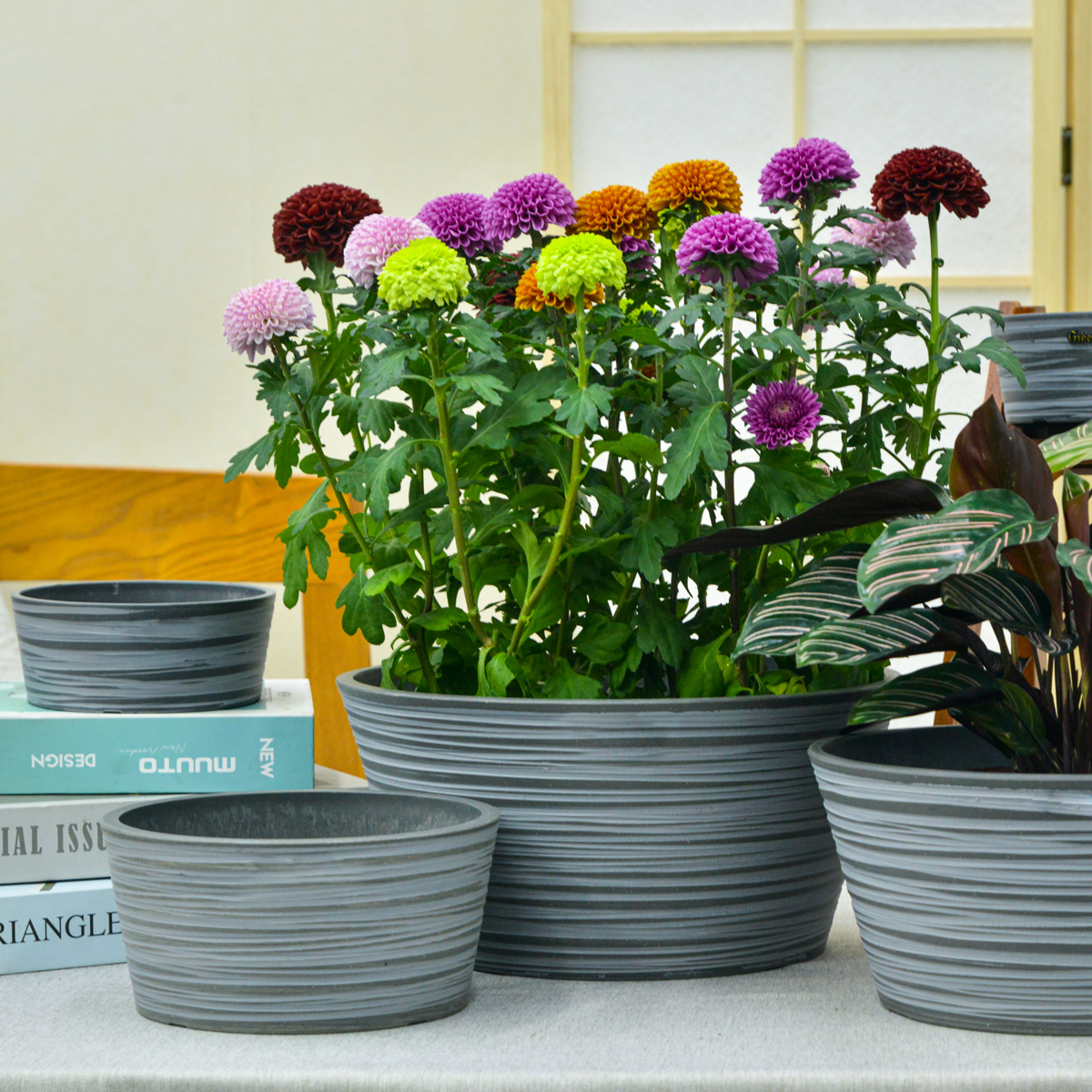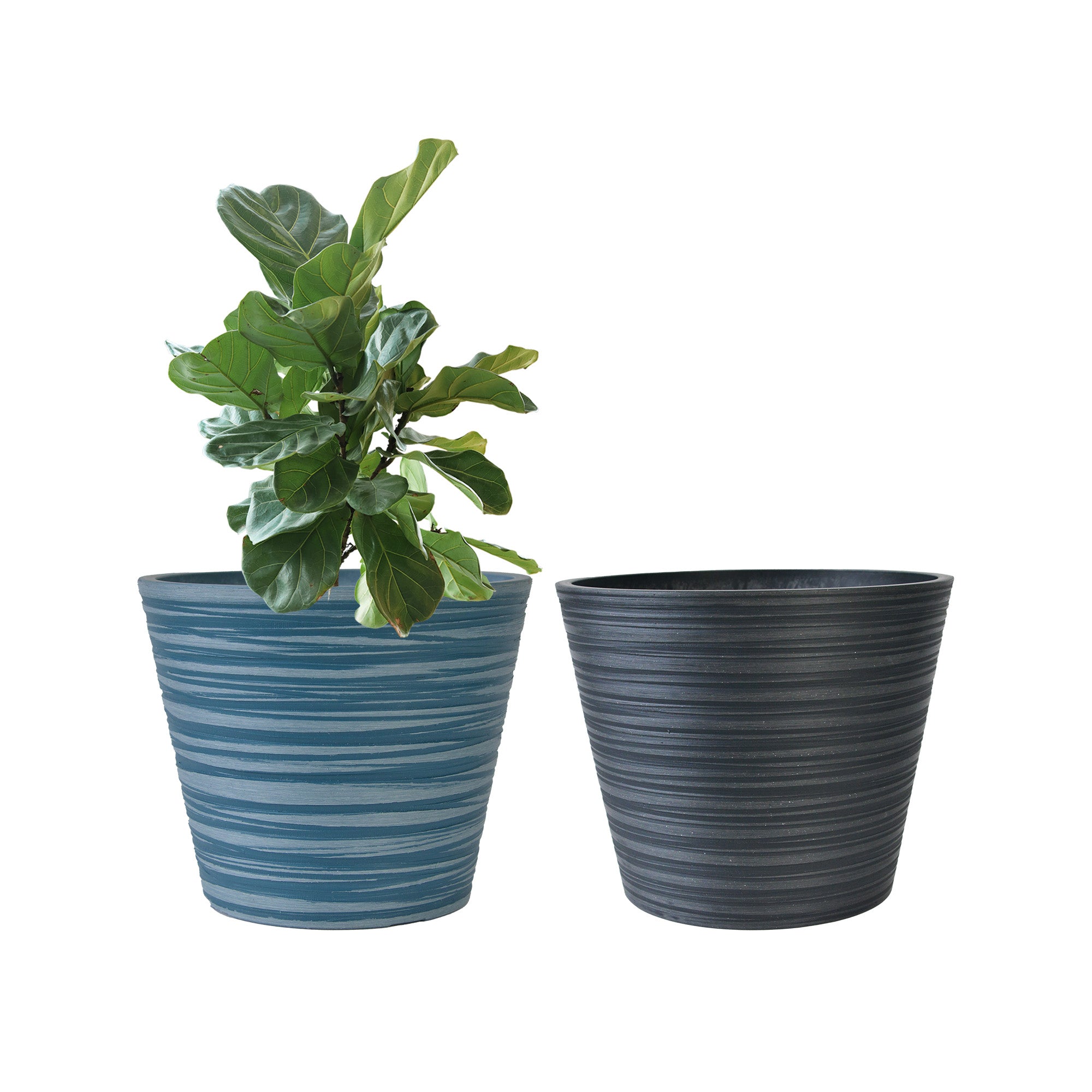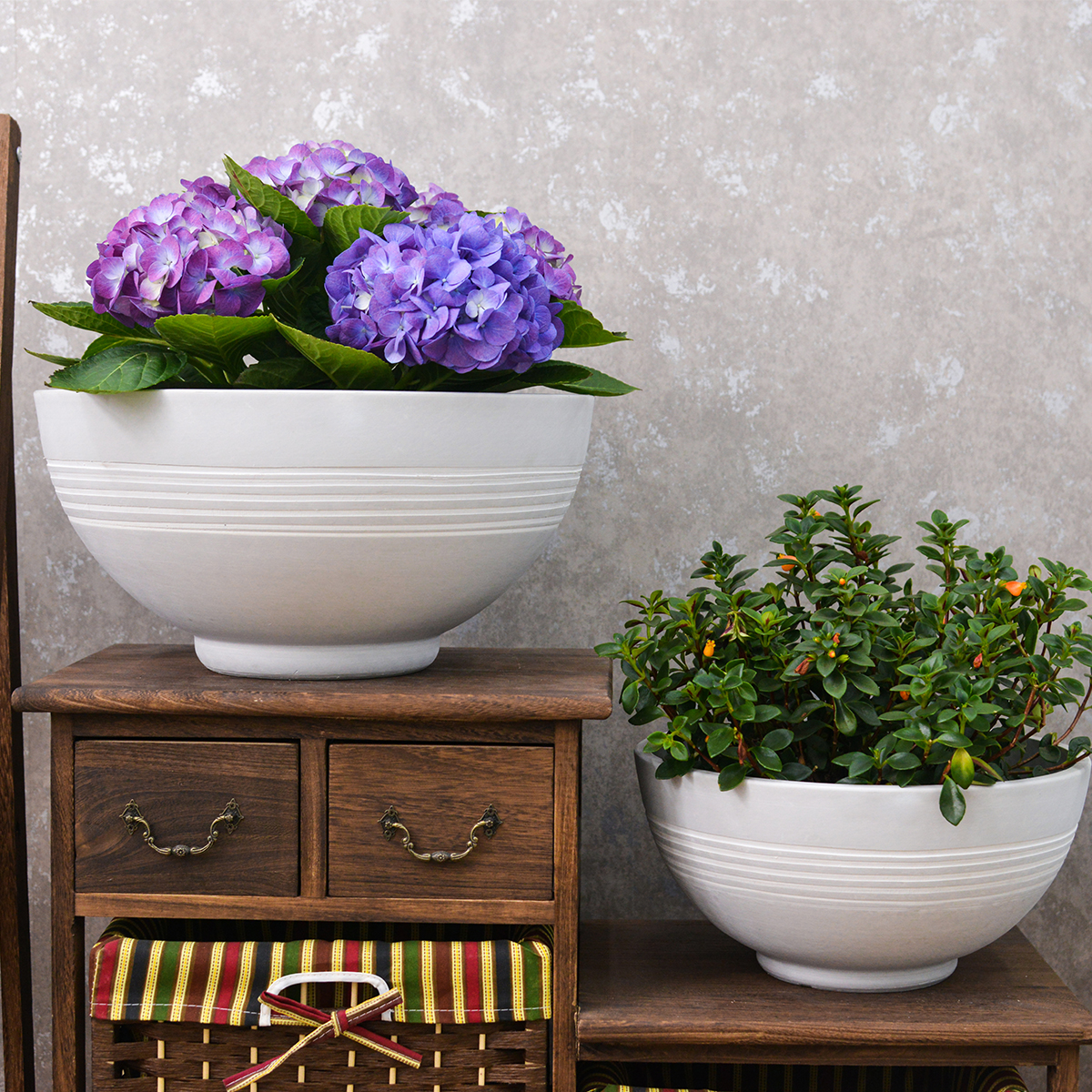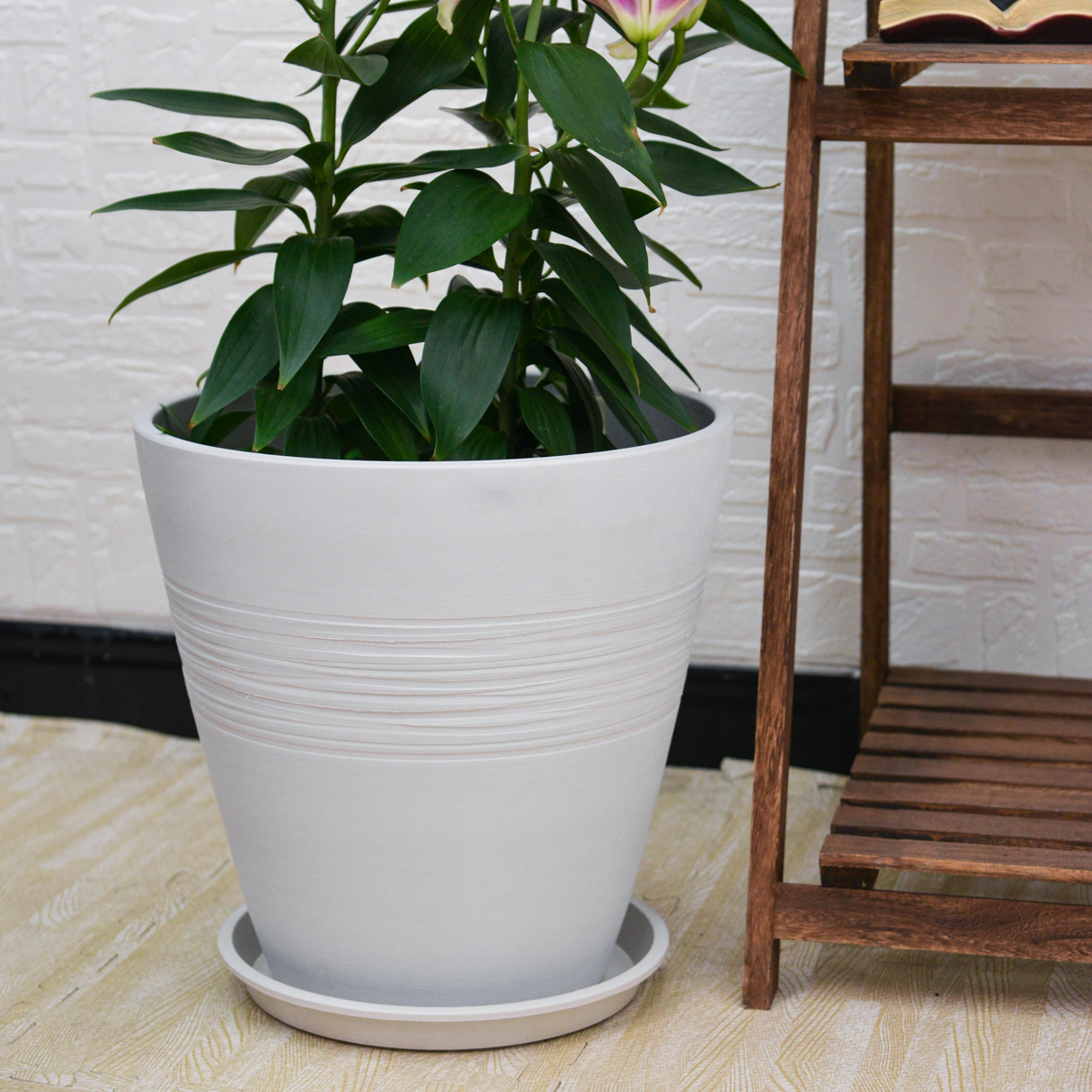When Watering Plants in Tall Planters, How Can I Tell If the Soil Deep Down Is Sufficiently Moist? What Watering Techniques Are Recommended?
Tall planters are a fantastic way to add vertical interest and greenery to your outdoor spaces, but their depth can make watering effectively a bit of a challenge. It’s easy to assume the soil is adequately moist just because the top layer feels damp, but the roots deeper down might be thirsty. Overwatering, thinking you’re compensating for the depth, can also lead to root rot. So, how can you ensure your plants in tall planters are getting the right amount of water, especially in the lower levels? And what are the best watering techniques for these deep containers? Let’s explore.
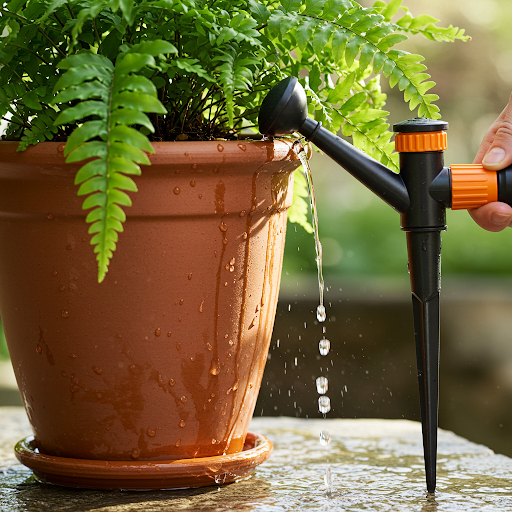
How to Check Soil Moisture Deep Down in Tall Planters:
Relying solely on the surface feel of the soil isn’t accurate for tall planters. Here are several effective methods to check moisture levels deeper down:
- The Finger Test (Go Deeper): While the surface might feel dry, push your finger down into the soil as far as you can reach (ideally several inches, or even up to your second knuckle). If the soil at that depth still feels dry, it’s time to water. If it feels moist, hold off.
- Moisture Meter: These handy tools are readily available at garden centers and online. They have a probe that you insert into the soil, and they provide a reading indicating the moisture level. Look for one with a long enough probe to reach the lower levels of your tall planters. Different plants prefer different moisture levels, so consult your plant’s care guide for the ideal reading.
- Wooden Dowel or Stick: Insert a long, unpainted wooden dowel or a bamboo skewer into the soil, reaching close to the bottom of the planter. Leave it for a few minutes, then pull it out. If the bottom few inches of the dowel feel dry to the touch, your planter needs watering. If it feels damp or has soil clinging to it, the moisture level is likely sufficient.
- Observe the Weight of the Pot: Over time, you’ll get a feel for how heavy your tall planter is when the soil is adequately moist versus when it’s dry. Dry soil is significantly lighter than moist soil. Lifting or tilting the pot (if manageable) can give you an indication of the overall moisture content.
- Observe Your Plants: While not a direct measure of soil moisture, your plants can provide clues. Wilting (though it can also indicate overwatering), drooping leaves, or a lack of new growth can signal that the soil is too dry. However, wait until you’ve confirmed with another method before watering, as these signs can sometimes be misleading.
Recommended Watering Techniques for Tall Planters:
Once you’ve determined that your tall planter needs water, the technique you use is just as important as knowing when to water. Here are some recommended methods:
- Water Slowly and Deeply: Instead of a quick sprinkle, water your tall planters slowly and deeply. This allows the water to soak down through the entire soil column, reaching all the roots. Continue watering until you see water draining from the bottom of the pot. This ensures the lower levels are also saturated.
- Water in Stages: For very tall or large planters, the water might run down the sides of the pot without fully saturating the center. Try watering in stages. Water about halfway, wait 15-20 minutes to allow the water to soak in, and then continue watering until you see drainage.
- Use a Watering Wand: A watering wand with an adjustable head can be particularly useful for tall planters. The extended reach allows you to direct water closer to the base of the plants and helps ensure even distribution throughout the pot.
- Consider Self-Watering Planters or Stakes: If you struggle with consistent watering, especially during hot summer months, consider using self-watering tall planters or inserting self-watering stakes into the soil. These systems deliver water directly to the roots over time, helping to maintain consistent moisture levels.
- Top vs. Bottom Watering (Less Common for Tall Planters): While bottom watering is effective for some containers, it can be less practical for very tall planters due to their size and weight. However, if your tall planter has a removable bottom tray, you can try adding water to the tray and allowing the soil to absorb it from the bottom up. Stop when the top inch of soil feels moist.

Factors Affecting Watering in Tall Planters:
Keep these factors in mind when watering your tall planters:
- Soil Mix: A well-draining potting mix is crucial for tall planters to prevent waterlogging at the bottom.
- Drainage Holes: Ensure your tall planters have adequate drainage holes to allow excess water to escape.
- Plant Type: Different plants have different watering needs. Research the specific requirements of your plants.
- Weather Conditions: Hot, sunny, and windy weather will cause the soil to dry out faster, requiring more frequent watering.
- Planter Material: Porous materials like terracotta will lose moisture more quickly than non-porous materials like plastic.
By using these techniques to check soil moisture and employing proper watering methods, you can confidently care for your plants in tall planters, ensuring they receive the hydration they need to thrive from top to bottom.
Modern Plant Pots丨Planter for Indoor Plants,8 inch or 10 inch Plant Pots with Drainage Hole,Decorative Flower Pots
By greenship-seo|2025-04-10T08:32:55+00:00January 7, 2025|Categories: Hand-carving Series|Tags: Decorative Flower Pots, Self-Watering Pots|
13 inch Planter for Indoor Plants, Set of 2 Modern Decorative Plant Pots with Drainage Hole, Cute Bowl Shape Flower Pots
By greenship-seo|2025-04-10T07:41:46+00:00January 10, 2025|Categories: Hand-carving Series|Tags: Decorative Flower Pots, Self-Watering Pots|
11THD
By greenship|2024-08-13T02:52:20+00:00August 13, 2024|Categories: Hand-carving Series|
Planter 5 in W / 8 in W / 12 in W or Indoor Outdoor Plants, Modern Decorative Plant Pots with Drainage Hole, Decorative Flower Pots
By greenship-seo|2025-04-10T06:37:58+00:00January 16, 2025|Categories: Hand-carving Series|Tags: Decorative Flower Pots|
KC3-09k
By greenship|2024-08-16T06:24:36+00:00August 16, 2024|Categories: Hand-carving Series|
KC2-GS
By greenship|2024-08-16T06:30:21+00:00August 16, 2024|Categories: Hand-carving Series|


